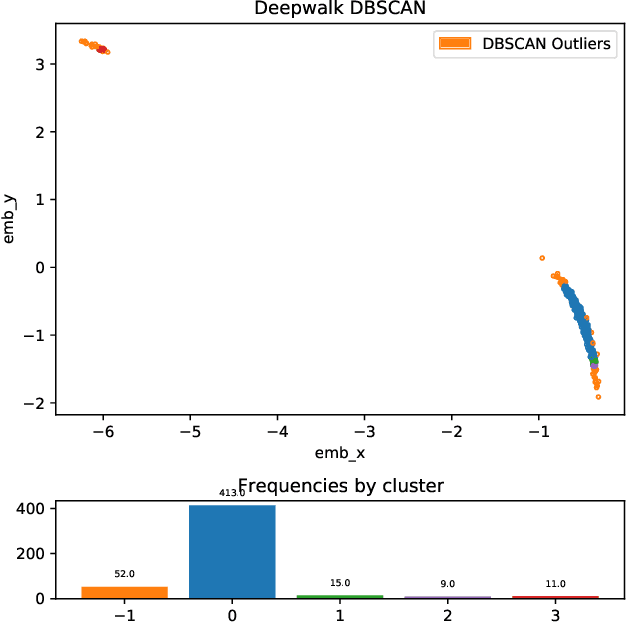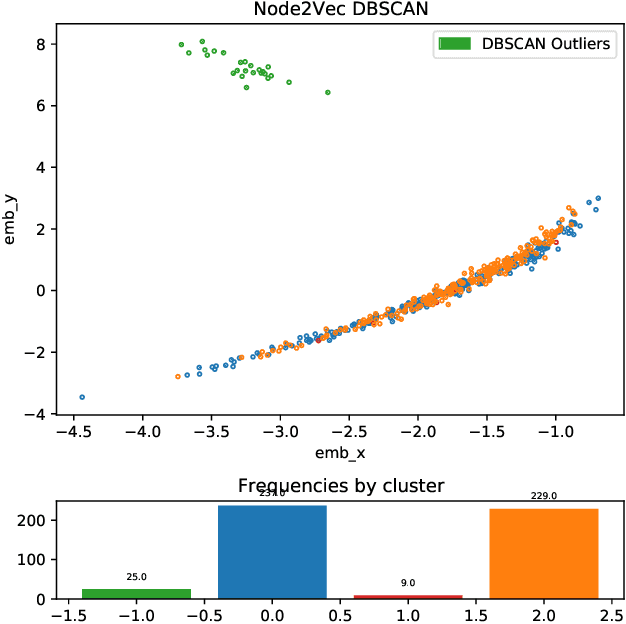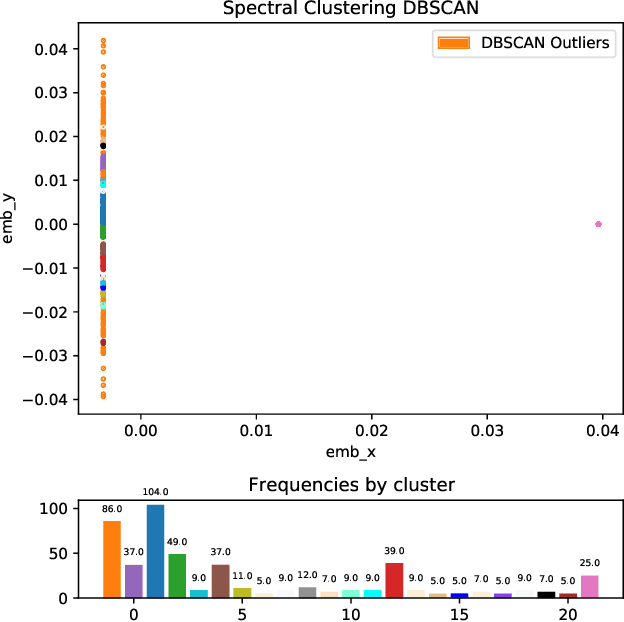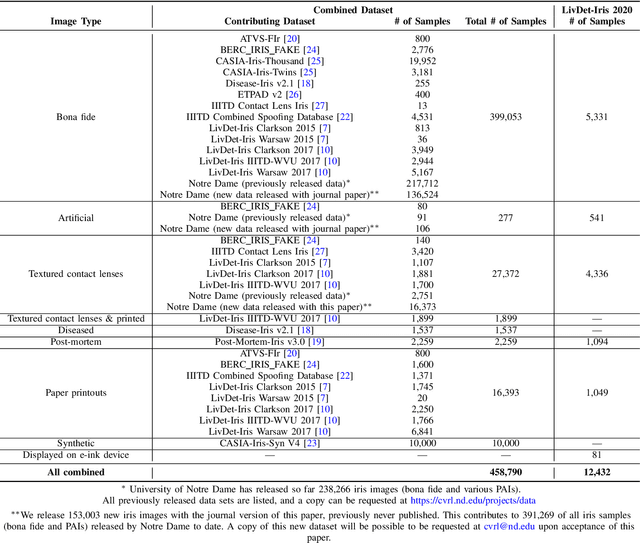Lucas Parzianello
Temporal Egonet Subgraph Transitions
Mar 26, 2023



Abstract:How do we summarize dynamic behavioral interactions? We introduce a possible node-embedding-based solution to this question: temporal egonet subgraph transitions.
State Of The Art In Open-Set Iris Presentation Attack Detection
Aug 22, 2022



Abstract:Research in presentation attack detection (PAD) for iris recognition has largely moved beyond evaluation in "closed-set" scenarios, to emphasize ability to generalize to presentation attack types not present in the training data. This paper offers several contributions to understand and extend the state-of-the-art in open-set iris PAD. First, it describes the most authoritative evaluation to date of iris PAD. We have curated the largest publicly-available image dataset for this problem, drawing from 26 benchmarks previously released by various groups, and adding 150,000 images being released with the journal version of this paper, to create a set of 450,000 images representing authentic iris and seven types of presentation attack instrument (PAI). We formulate a leave-one-PAI-out evaluation protocol, and show that even the best algorithms in the closed-set evaluations exhibit catastrophic failures on multiple attack types in the open-set scenario. This includes algorithms performing well in the most recent LivDet-Iris 2020 competition, which may come from the fact that the LivDet-Iris protocol emphasizes sequestered images rather than unseen attack types. Second, we evaluate the accuracy of five open-source iris presentation attack algorithms available today, one of which is newly-proposed in this paper, and build an ensemble method that beats the winner of the LivDet-Iris 2020 by a substantial margin. This paper demonstrates that closed-set iris PAD, when all PAIs are known during training, is a solved problem, with multiple algorithms showing very high accuracy, while open-set iris PAD, when evaluated correctly, is far from being solved. The newly-created dataset, new open-source algorithms, and evaluation protocol, made publicly available with the journal version of this paper, provide the experimental artifacts that researchers can use to measure progress on this important problem.
Predicting First Impressions with Deep Learning
May 10, 2017



Abstract:Describable visual facial attributes are now commonplace in human biometrics and affective computing, with existing algorithms even reaching a sufficient point of maturity for placement into commercial products. These algorithms model objective facets of facial appearance, such as hair and eye color, expression, and aspects of the geometry of the face. A natural extension, which has not been studied to any great extent thus far, is the ability to model subjective attributes that are assigned to a face based purely on visual judgements. For instance, with just a glance, our first impression of a face may lead us to believe that a person is smart, worthy of our trust, and perhaps even our admiration - regardless of the underlying truth behind such attributes. Psychologists believe that these judgements are based on a variety of factors such as emotional states, personality traits, and other physiognomic cues. But work in this direction leads to an interesting question: how do we create models for problems where there is no ground truth, only measurable behavior? In this paper, we introduce a new convolutional neural network-based regression framework that allows us to train predictive models of crowd behavior for social attribute assignment. Over images from the AFLW face database, these models demonstrate strong correlations with human crowd ratings.
 Add to Chrome
Add to Chrome Add to Firefox
Add to Firefox Add to Edge
Add to Edge